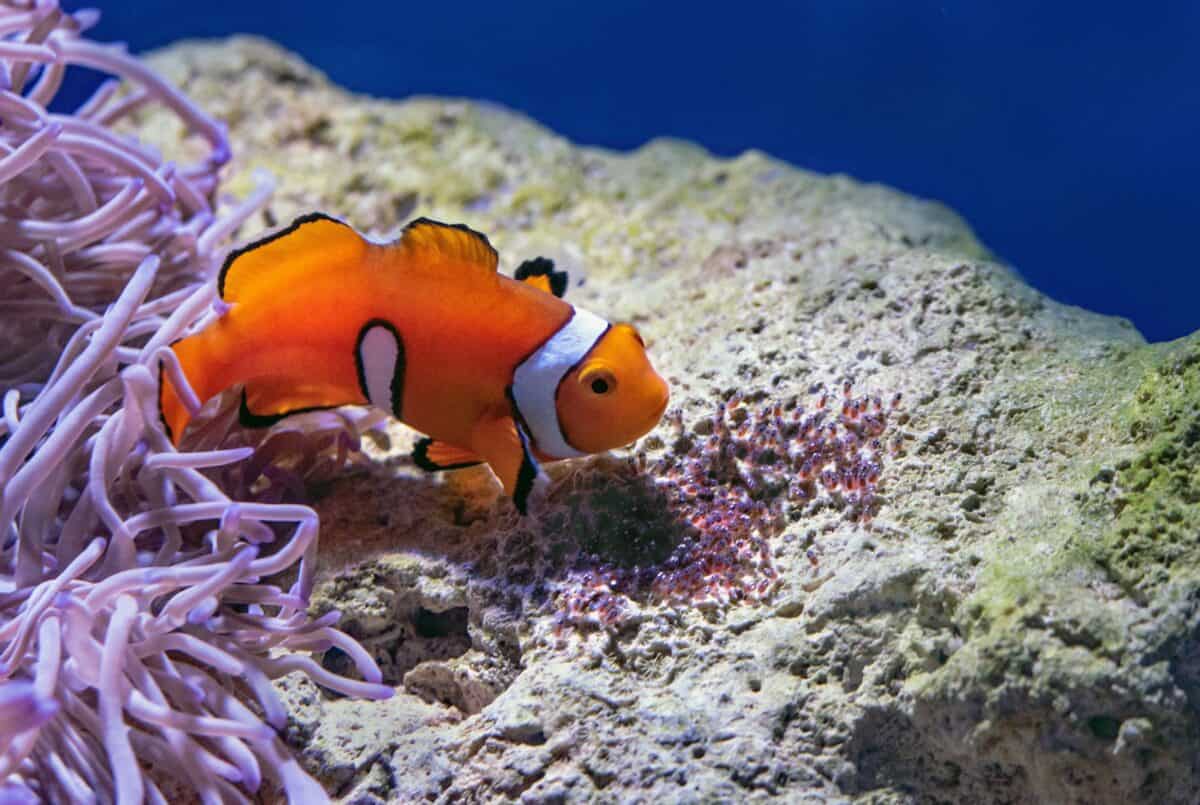In the diverse world of animal biology, one of the most fascinating phenomena is sequential hermaphroditism—the ability of certain species to change their functional gender during their lifetime. Unlike humans and most mammals, where biological sex is determined at birth and remains fixed, these remarkable creatures can transform their reproductive systems in response to environmental conditions, social hierarchies, or developmental stages. This evolutionary adaptation ensures survival and reproductive success in challenging or changing environments. From the depths of coral reefs to mountain streams, gender fluidity in the animal kingdom represents a remarkable example of nature’s ingenuity. Let’s explore fifteen incredible animals that can change their gender to survive and thrive.
Understanding Gender Fluidity in Animals
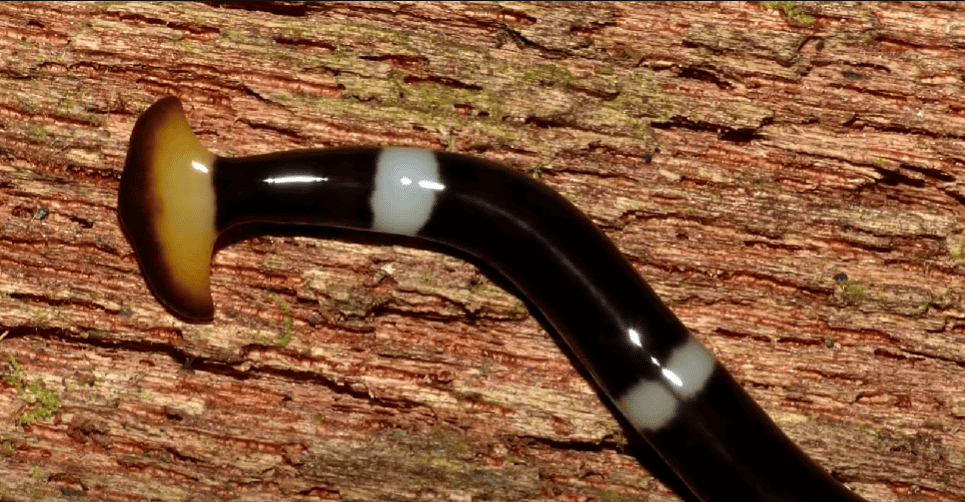
Before diving into specific species, it’s important to understand what “changing gender” means in the animal kingdom. In scientific terms, this phenomenon is called sequential hermaphroditism, where an organism is born as one sex and changes to the other sex later in life. This differs from simultaneous hermaphroditism, where animals possess both male and female reproductive organs at the same time. These changes are not cosmetic or behavioral but involve complete functional transformations of reproductive organs and systems. Scientists categorize these changes into three main types: protogyny (female-to-male), protandry (male-to-female), and bidirectional sex change (can change in either direction). These adaptations have evolved independently in multiple animal lineages, demonstrating their evolutionary advantage in certain ecological niches.
Clownfish The Famous Gender-Shifters

Made famous by the animated film “Finding Nemo,” clownfish (Amphiprioninae) are perhaps the most well-known gender-changing animals. These vibrant reef dwellers live in a strict social hierarchy within sea anemones. Each anemone houses a dominant female, a breeding male, and several smaller, non-breeding males. What makes clownfish remarkable is their protandrous hermaphroditism—they are all born male, but can transform into females when the need arises. When the dominant female dies, the breeding male undergoes a complete physiological transformation to become female, while the largest non-breeding male matures to become the new breeding male. This transformation takes about two weeks and involves complex hormonal changes that convert sperm-producing tissues into egg-producing ones. This adaptation ensures the colonized anemone always has a breeding pair, maximizing reproductive success in their specialized habitat.
Blue-Headed Wrasse The Rapid Transformer

The blue-headed wrasse (Thalassoma bifasciatum) demonstrates one of the most dramatic and rapid gender transformations in nature. These colorful coral reef fish exhibit protogynous hermaphroditism, starting life as females and potentially changing to males. What makes this species particularly remarkable is the speed of their transformation—it can occur in as little as 7-10 days. When a dominant male disappears from the social group, the largest female begins changing almost immediately. Within hours, her behavior becomes masculine as she begins defending territory. Within days, her ovaries transform into testes and begin producing sperm. Even her coloration changes dramatically, from the dull yellow of females to the striking blue, green, and red patterns of males. Scientists study these fish extensively because they offer insights into the biological mechanisms of sex determination and how hormones influence both physical and behavioral characteristics across species.
Hawkfish Strategic Gender Benders

Hawkfish (family Cirrhitidae) are another fascinating example of protogynous hermaphroditism, with females changing into males under specific social conditions. These colorful reef predators typically maintain harems where a single dominant male controls a territory containing multiple females. If the male disappears, the largest or most dominant female will transform into a male over several weeks. What’s particularly interesting about hawkfish is their apparent strategic approach to gender change. Research has shown that some female hawkfish seem to “assess” whether changing sex would increase their reproductive success based on their size relative to other females in the group. This suggests these fish possess a remarkable ability to evaluate their social environment and make “decisions” that maximize their genetic contribution to future generations. The process involves significant changes in their gonads, hormone profiles, coloration, and behavior—demonstrating how deeply integrated these transformations are across multiple biological systems.
Parrotfish The Reef Transformers

Parrotfish (family Scaridae) are crucial to coral reef ecosystems, as they help clean reefs and produce sand with their constant grazing. They’re also remarkable gender-changers. Most parrotfish species are protogynous hermaphrodites that begin life as females in a harem controlled by a dominant male. When the male dies or is removed, the largest female undergoes a dramatic transformation, not only developing male reproductive organs but also changing her appearance entirely. Initial phase parrotfish (females and non-dominant males) typically have drab reddish-brown coloration, while terminal phase males display brilliant blues, greens, and pinks. This transformation takes several months and is controlled by complex hormonal processes. Interestingly, some parrotfish species have three distinct gender phases: female, initial phase male, and terminal phase male. This complex life history strategy allows parrotfish populations to maintain optimal reproductive ratios and adapt to changing social structures, contributing to their success across tropical reefs worldwide.
Hogfish Colorful Transformers

The hogfish (Lachnolaimus maximus), prized by both fishermen and divers for its striking appearance and behavior, is another marine species that undergoes protogynous sex change. Named for their elongated snout used to root through sediment for food, these fish begin life exclusively as females. They live in harems dominated by a single large male who is distinguished by his vibrant reddish-orange coloration and distinctive black spot behind the pectoral fin. When the dominant male dies, the largest female in the group transitions to male within a few weeks. During this transformation, her ovaries develop into testes while she simultaneously develops the characteristic male coloration and the pronounced forehead hump that gives the species its name. This species demonstrates how sex change is often accompanied by significant morphological changes beyond just reproductive organs, reflecting the comprehensive nature of the transformation. Hogfish are increasingly vulnerable to overfishing, making understanding their unique life history and reproductive strategies crucial for conservation efforts.
Gobies Small Fish with Remarkable Adaptability

The goby family (Gobiidae), comprising more than 2,000 species, includes several members that exhibit gender-changing abilities. What makes gobies particularly interesting is that different species within this family have evolved different approaches to sequential hermaphroditism. Some species, like the blackeye goby (Rhinogobiops nicholsii), are protogynous, starting as females and changing to males. Others, like certain coral gobies, are protandrous, beginning as males before transitioning to females. Some species can even change in both directions (bidirectional sex change) depending on social conditions, making them among the most sexually flexible vertebrates. For example, the bluebanded goby can change sex multiple times during its life as social circumstances shift. These small fish demonstrate how this remarkable ability has evolved independently multiple times, highlighting its adaptive value. Their small size, abundance, and ease of observation in laboratory settings have made gobies important study subjects for understanding the hormonal and genetic mechanisms controlling sex change in vertebrates.
Anemonefish Family-Oriented Sex Changers
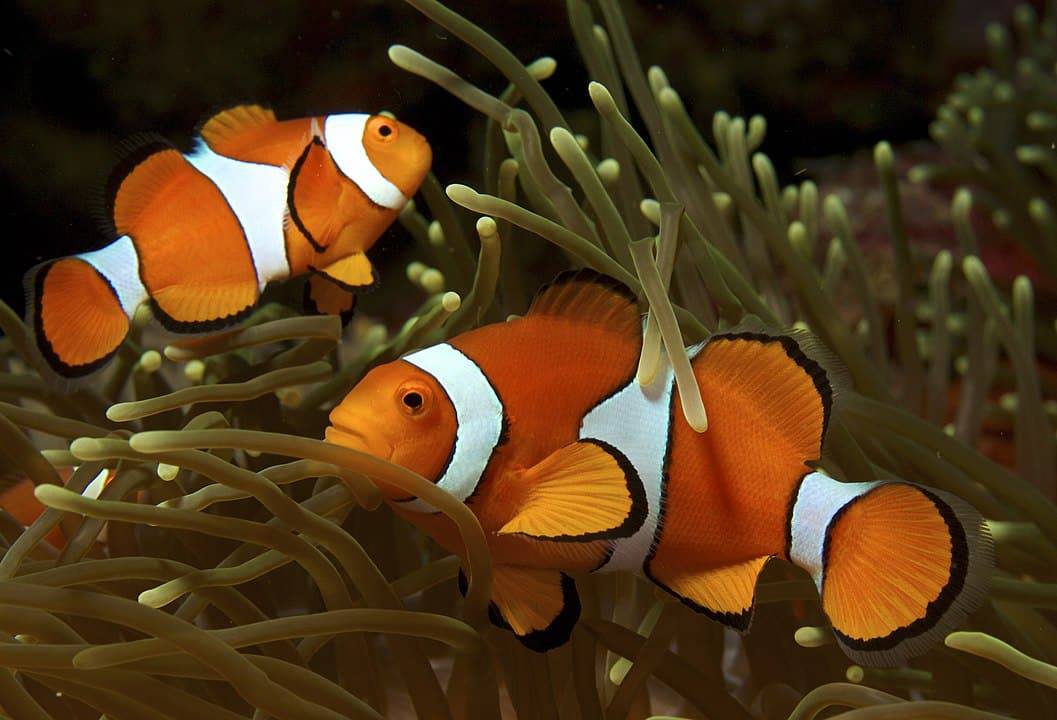
Beyond the famous clownfish, the broader anemonefish family (Pomacentridae) includes numerous species that exhibit protandrous hermaphroditism. These fish form symbiotic relationships with sea anemones, which protect them from predators while the fish provide nutrients and remove parasites from their hosts. Within this protected microhabitat, anemonefish establish complex social hierarchies where gender plays a crucial role. All anemonefish begin life as males, with only the dominant individual in each anemone transforming into a female. This female pairs with the largest male for breeding, while smaller males remain in a non-breeding state. If the female dies, the breeding male will change sex to female, and the next largest male will mature into a breeding male. This system ensures the anemone always maintains optimal breeding conditions. Different anemonefish species show varying degrees of sexual dimorphism after transformation, with some species exhibiting dramatic color and size differences between males and females. The intimacy of their relationship with anemones has allowed researchers to observe these sex changes in detail, contributing significantly to our understanding of environmental influences on gender expression.
Earthworms Hermaphrodites with Flexibility
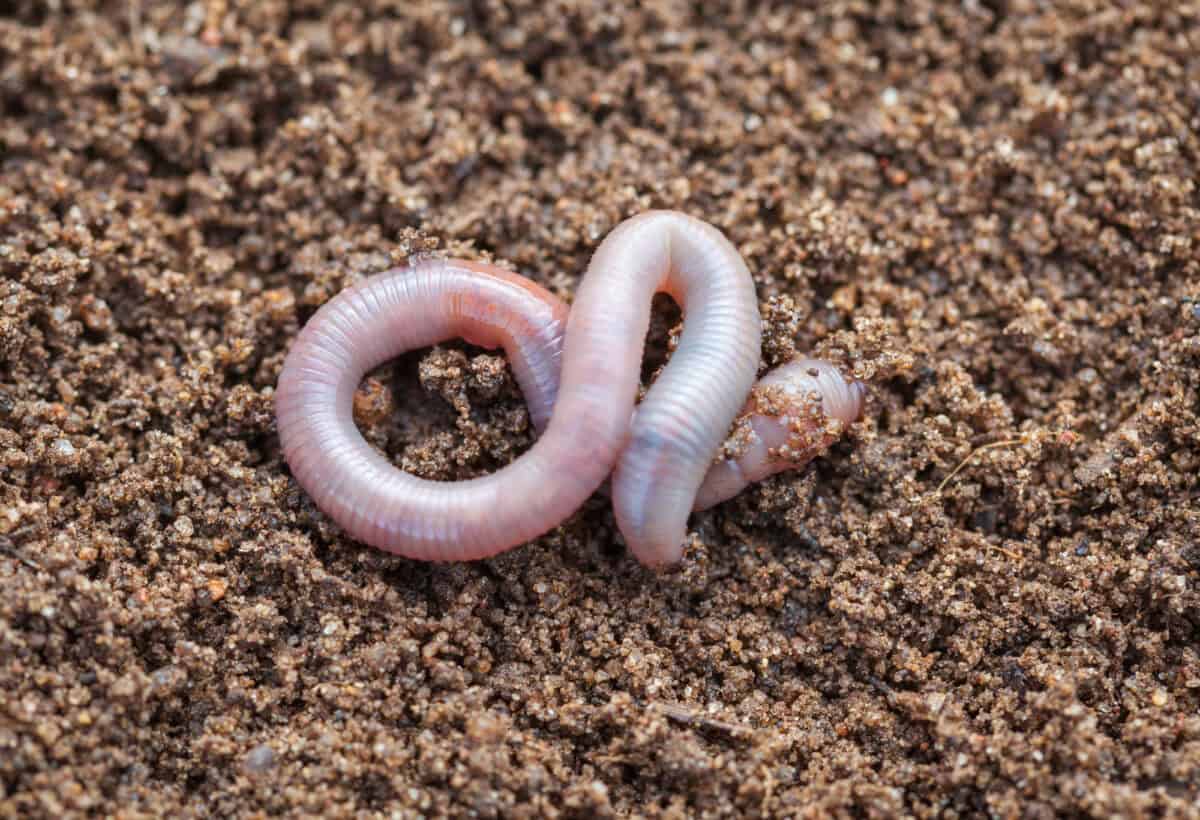
Earthworms represent a different but equally fascinating approach to gender flexibility. Unlike the sequential hermaphrodites discussed previously, most earthworm species are simultaneous hermaphrodites, possessing both male and female reproductive organs throughout their adult lives. However, what makes them relevant to our discussion is their ability to adjust their reproductive strategy based on environmental conditions. When isolated, some earthworm species can shift the relative development and activity of their male versus female organs, effectively emphasizing one gender role over the other. Some can even self-fertilize if necessary, though they typically prefer cross-fertilization with another worm. During mating, earthworms can function as both male and female simultaneously, exchanging sperm with their partner. This reproductive flexibility allows earthworms to maximize reproductive success in varying population densities and environmental conditions. Their adaptability has contributed to their tremendous ecological success, with earthworms found on every continent except Antarctica, playing crucial roles in soil health across diverse ecosystems.
Banana Slugs Strategic Gender Shifters
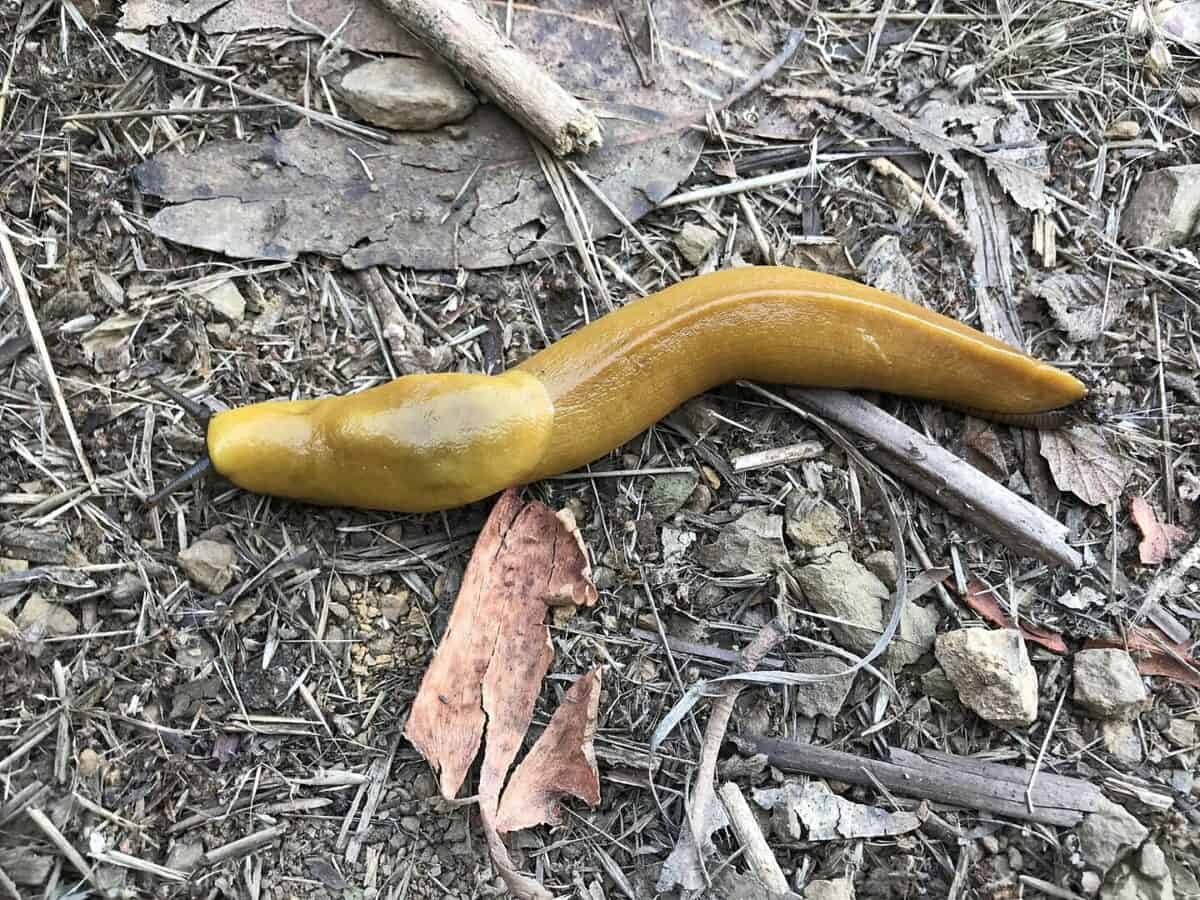
Banana slugs (Ariolimax species) are enormous bright yellow gastropods native to the forests of North America’s Pacific coast, reaching lengths up to 10 inches. Like earthworms, they are simultaneous hermaphrodites, possessing both male and female reproductive organs. However, banana slugs demonstrate remarkable reproductive plasticity, capable of emphasizing either their male or female functions depending on environmental conditions and potential mate characteristics. In some situations, they may even self-amputate their penis after mating (a process called apophallation), effectively transitioning to function primarily as female. This extreme adaptation prevents them from getting stuck together after mating and potentially allows them to focus resources on egg production. Some scientists theorize that banana slugs can strategically adjust their gender expression based on factors like food availability, population density, and even the size of potential mates. Their bright yellow coloration, which gives them their name, serves as a warning to predators about their unpalatable taste, allowing them to move slowly through their forest habitat while focusing energy on their complex reproductive strategies.
Slipper Shells Stacking Their Way to Sex Change
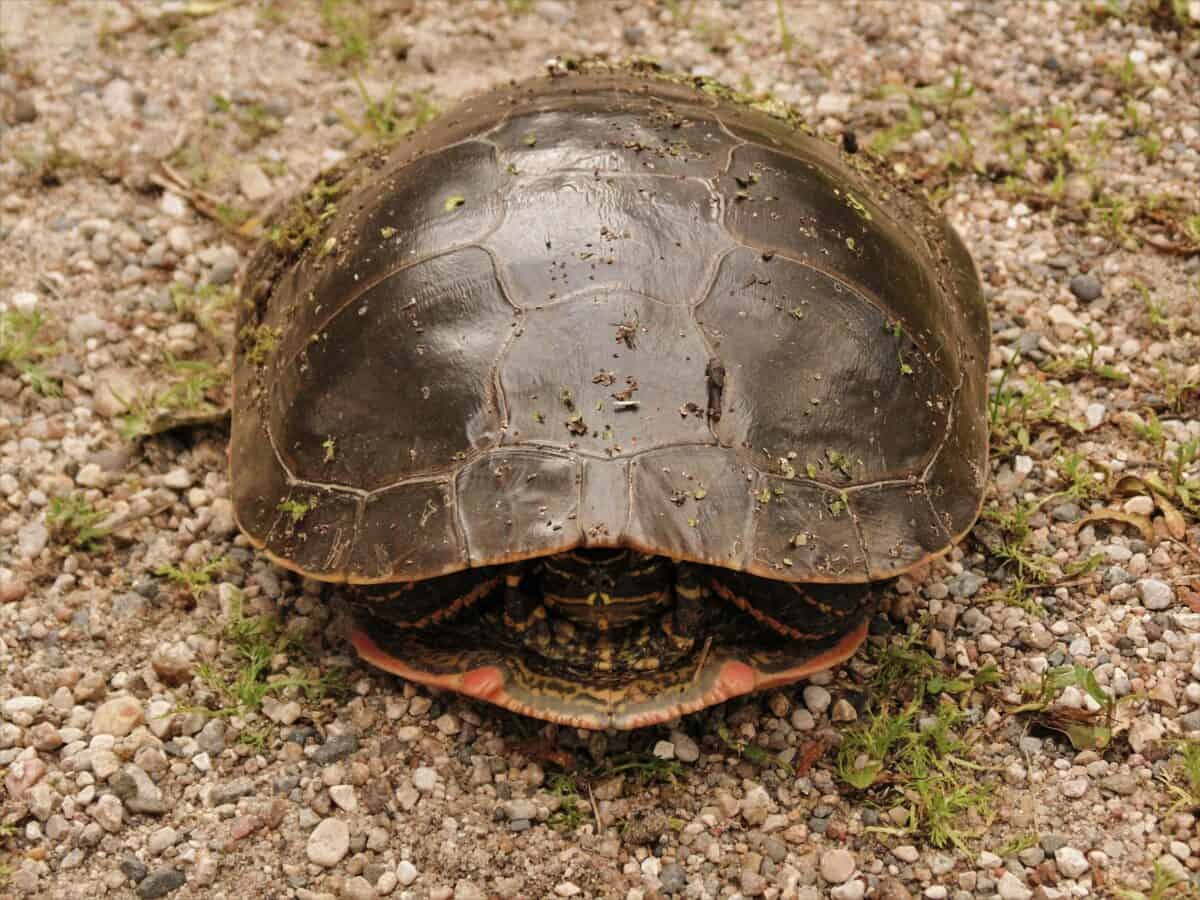
Slipper shells (genus Crepidula) are marine snails with a unique lifestyle that directly influences their gender expression. These mollusks form stacks or chains where they attach to one another, with the oldest individuals at the bottom and younger ones stacked on top. What makes them remarkable is their protandric hermaphroditism tied directly to their position in the stack. All slipper shells begin life as males, but as they grow and move lower in the stack, they transform into females. This transformation is triggered by a combination of physical contact with other shells and chemical signals from the individuals around them. The bottom-most individuals, being the oldest and largest, are always female, while the younger, smaller individuals at the top of the stack are male. This arrangement ensures efficient reproduction, as males can easily fertilize the eggs of females beneath them. This system demonstrates how physical positioning and social structure can directly influence biological sex—a remarkable example of how environment can determine gender expression through specific biochemical pathways.
Sequential Hermaphroditism in Frogs
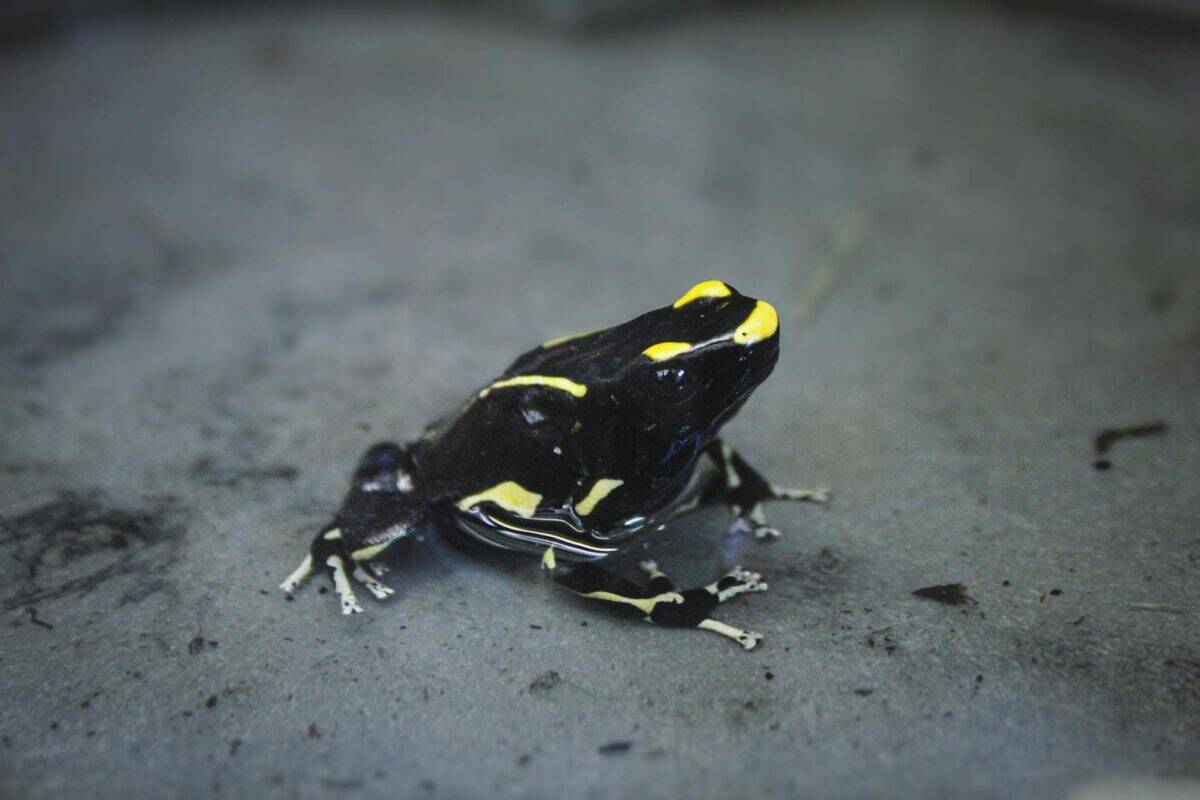
While most amphibians have fixed genders, some frog species exhibit remarkable gender plasticity in response to environmental conditions. The African reed frog (Hyperolius viridiflavus) provides a fascinating example. Research has shown that some females can develop testes and transform into functional males when environmental conditions change significantly. This transformation appears linked to temperature, population density, and other environmental stressors. Similarly, the Strawberry Poison Dart Frog (Oophaga pumilio) can exhibit a form of behavioral sex reversal, where females adopt masculine behaviors and territorial defense in certain social contexts, though complete physiological sex change is less common. In some tropical frog species, extreme male-to-female sex ratio imbalances can trigger hormonal changes in some males, causing them to develop female characteristics. These examples from amphibians demonstrate how gender flexibility can exist even in vertebrates more closely related to mammals, suggesting the genetic pathways for such transformations may be more widespread than previously thought, though expressed differently across animal groups depending on evolutionary pressures.
Bearded Dragons Temperature-Dependent Sex Reversal
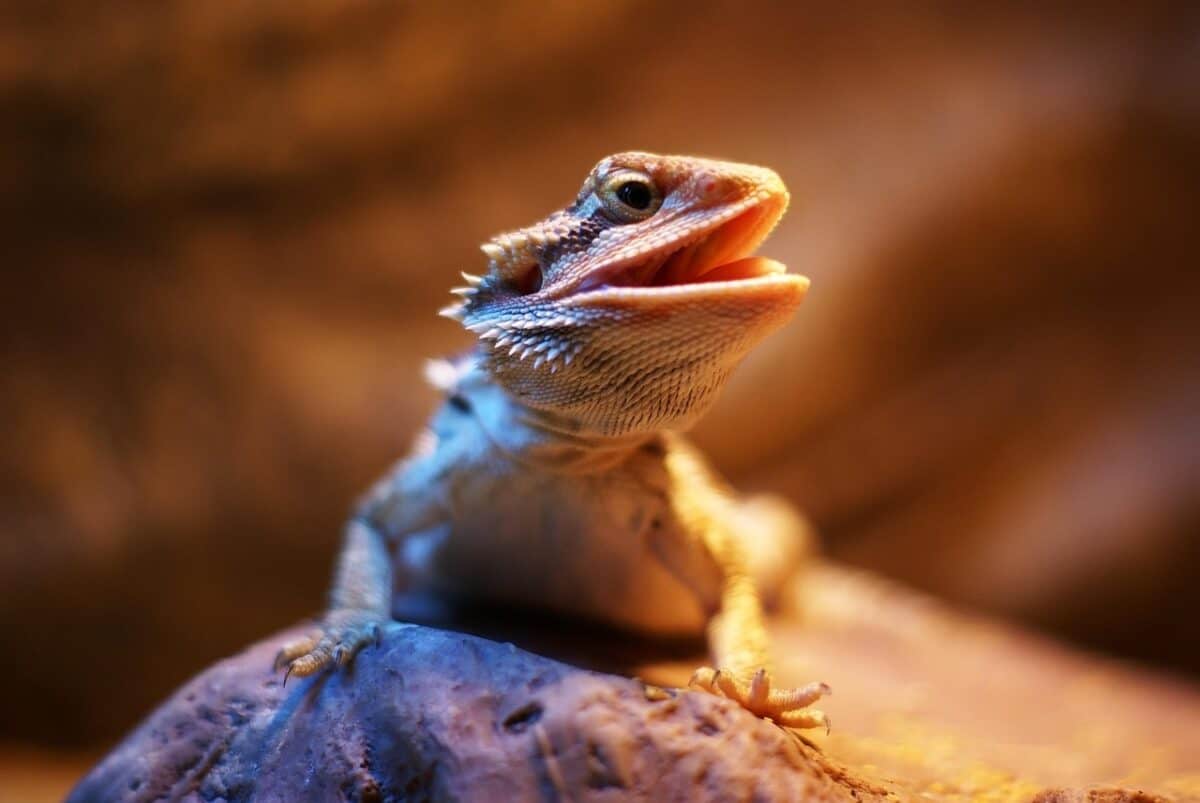
Bearded dragons (Pogona vitticeps) offer a unique window into how environmental factors can influence gender determination in reptiles. Unlike the sequential hermaphrodites discussed earlier, bearded dragons don’t change sex after birth as part of their normal development. Instead, they exhibit temperature-dependent sex determination, where the incubation temperature of eggs influences the gender of hatchlings. What makes bearded dragons particularly fascinating is their ability to undergo functional sex reversal in response to extreme temperatures. Genetic males (with ZZ chromosomes) can develop into physiologically functioning females when incubated at temperatures above 32°C (89.6°F). These sex-reversed females can produce viable offspring, sometimes with unique genetic characteristics. This phenomenon has gained scientific attention in relation to climate change, as rising global temperatures could potentially affect population sex ratios in the wild. Research on bearded dragons provides valuable insights into the interplay between genetic and environmental factors in sex determination and the plasticity of gender expression even in more complex vertebrates.
Snook Protandrous Fish with Economic Importance

Common snook (Centropomus undecimalis) are prized game fish found in tropical and subtropical waters of the Americas that demonstrate protandrous hermaphroditism—beginning life as males before transitioning to females. This large, predatory fish typically spends 1-7 years as a functional male before transforming into a female, usually after reaching about 28 inches in length. The transformation involves complete restructuring of the gonads from sperm-producing testes to egg-producing ovaries. What makes snook particularly significant is their economic importance as both game fish and food sources in many coastal communities. Their sex-changing life history makes them especially vulnerable to overfishing, as harvest pressure often targets larger individuals—which are predominantly female. When too many females are removed from the population, reproductive capacity can collapse rapidly. Understanding their sex-changing biology has become crucial for developing sustainable management practices. Conservation efforts now often include slot limits (both minimum and maximum size restrictions) to protect both immature fish and the largest breeding females, demonstrating how knowledge of sequential hermaphroditism directly influences wildlife management policies.
Oysters The Versatile Gender-Shifters

Oysters (family Ostreidae) demonstrate remarkable reproductive flexibility that helps explain their ecological success across world oceans. Most oyster species are sequential hermaphrodites that can change their functional gender multiple times during their lifespan in response to environmental conditions. Generally, oysters start life as males, requiring less energy to produce sperm, before transitioning to females, which requires more resources to produce eggs. However, they maintain the ability to revert to male function if environmental conditions deteriorate. This reproductive strategy allows oyster populations to optimize their reproductive output based on food availability, temperature, and population density. In favorable conditions with abundant resources, more individuals function as females to maximize egg production. When conditions worsen, more revert to male function, requiring less energy while still contributing to reproduction. This adaptability has significant implications for oyster aquaculture and restoration efforts, as environmental stressors can dramatically shift population sex ratios. Their gender flexibility also makes oysters valuable research subjects for studying the environmental regulation of reproductive systems in invertebrates.
Conclusion: The Evolutionary Significance of Gender Fluidity in Animals

The widespread occurrence of sequential hermaphroditism across diverse animal groups—from fish to mollusks—raises fascinating questions about its evolutionary origins and advantages. This reproductive strategy has evolved independently multiple times, suggesting it provides significant survival and reproductive benefits in certain ecological contexts. For species living in patchy environments with limited mobility, like coral reef fish, changing gender allows individuals to maximize their reproductive potential despite fluctuating social conditions. For smaller males that might struggle to compete, the ability to eventually become female (in protogynous species) offers a path to reproductive success. Conversely, in species where female reproduction requires more resources, starting as male (protandry) allows individuals to reproduce earlier in life while still small. Gender fluidity
- 14 Weirdest Looking Animals on Earth - August 15, 2025
- 13 Creatures That Don Not Need Eyes to See - August 15, 2025
- 13 Wild Species That Can Clone Themselves - August 15, 2025

